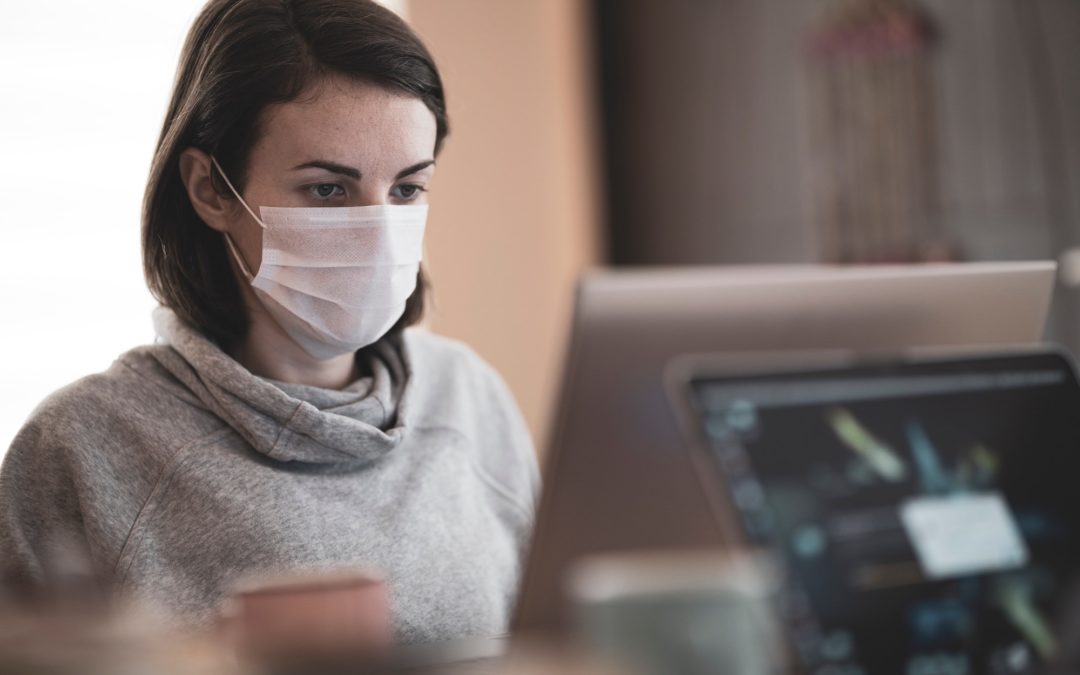With Covid-19 cases spiking in hotspots around the nation, it’s no surprise that some well-trafficked museums and cultural institutions — including the United States Holocaust Memorial Museum — have chosen to reclose their doors until the virus has subsided. But even with these temporary setbacks, we can look optimistically to the future; after all, a vaccine is on the horizon, and public gatherings may once more be possible in the early months of 2021.
That said, it seems a little naive to think that the museum will be able to return to its pre-pandemic routine immediately. To borrow a quote from infectious disease expert Dr. Anthony Fauci, “I feel very strongly that we’re going to need to have some degree of public health measures to continue. It’s not going to be the way it was with polio and measles, where you get a vaccine, case closed, it’s done […] public health measures will linger for months and months.”
What will a safe reopen mean for USHMM? Thanks to the Museum’s brief, Covid-aware reopening earlier this fall, we have a blueprint for what renewed daily operations may look like in 2021.
For the span of a few weeks in October and November, USHMM tentatively reopened with enhanced safety measures that included but were not limited to: reduced visitation, social distancing, and mandatory temperature checks and face coverings.
All visitors over the age of two were required to don a mask compliant with the CDC’s recommendations for face coverings and remain at least six feet away from visitors outside their party. Museum staff also added signage to direct one-way traffic flow, shuttered interior areas that did not allow for physical distancing, and invested in an advanced HVAC filtration system.
The most drastic change, however, was to the Museum’s visitation policy. Before the pandemic made social distancing a necessity, USHMM welcomed drop-in visits. But once the virus began to spread, the Museum’s organizers were compelled to address the real health risks posed by overcrowding. To that point, USHMM requested that visitors sign up for a free, timed-entry ticket before entering the museum as a means to limit crowds and ensure social distancing.
All of these measures will be crucial when the Museum eventually does reopen and welcome visitors once more. That said, the Museum’s supporters don’t need to wait until 2021 to take part in Holocaust remembrance.
While USHMM’s curators may not be able to offer in-person exhibits at the moment, they have stepped up their virtual offerings. In November, USHMM made full-sound recordings of the Nuremberg Trials and video evidence submitted during the proceedings freely available to viewers online. The collection consists of 775 hours of hearings and 37 reels of film. Then, in December, the Museum partnered with the Chautauqua Institutions to jointly present an online program titled “The Tehran Children: Iran’s Unexpected & Suppressed Connection to the Holocaust,” which shared the little-known story of the nearly 1,000 Jewish children who were evacuated from Nazi-occupied Poland to Iran.
Even shuttered, the United States Holocaust Museum is actively pursuing its mission to uphold Holocaust remembrance and historic preservation. We should look forward to its eventual safe reopening — and, while we wait, take notice of the work it has made available online.
